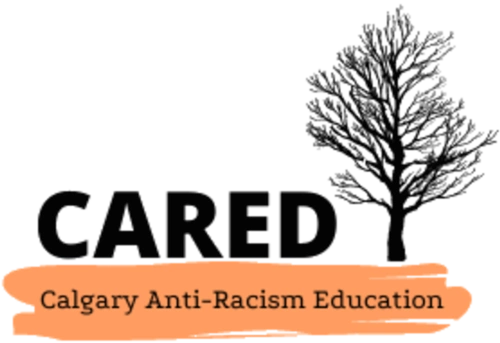
Donate to the Linda McKay-Panos Scholarship Fund

Donate to the Linda McKay-Panos Scholarship Fund


“My schooling gave me no training in seeing myself as an oppressor, as an unfairly advantaged person, or as a participant in a damaged culture. I was taught to see myself as an individual whose moral state depended on her individual moral will” (McIntosh, 1997, p. 292).
In the West, what has become known as the “cult of individualism” has impacted us in such a way that it can be very difficult to understand anything outside of our own experience. We will often individualize situations rather than approach them with systemic analysis in mind (e.g., the preference for seeing racism as isolated, overt, or an extreme incident such as racial epithets, rather than an ongoing and often unintentional set of attitudes that lead to structures of domination). Individualism fosters a belief that everyone is free to choose, that our destiny is within our own control and that choice, determination, “pulling oneself up by one’s boot straps,” are all individually determined and ultimately achievable despite social, economic, racial and cultural circumstances.
“Canadians have a deep attachment to the assumption that in a democratic society individuals are rewarded solely on the basis of their individual merit and that no one group is singled out for discrimination. Consistent with these liberal, democratic values is the assumption that physical differences such as skin colour are irrelevant in determining one’s status. … While lip service is paid to the need to ensure equality in a pluralistic society, most Canadian individuals, organizations, and institutions are far more committed to maintaining or increasing their own power” (Henry & Tator, 2006, pp. 2-3).
Liberalism is distinguished by a set of beliefs that includes, among other ideals: the primacy of individual rights over collective or group rights; the power of (one) truth, tradition, and history; an appeal to universalism; the sacredness of the principle of freedom of expression; and a commitment to human rights and equality. But as many scholars observe, liberalism is full of paradoxes and contradictions and assumes different meanings, depending on one’s social location and angle of vision (Hall, 1986; Goldberg, 1993; Apple, 1993; Winant, 1997). Bikhu Parekh argues that liberalism “is both egalitarian and inegalitarian” (1986, p. 82). It simultaneously supports the unity of humankind and the hierarchy of cultures. It is both tolerant and intolerant (Henry & Tator, 2006, p. 28).
One common way that liberal racism shows up is through the Burden of Representation. It manifests as follows:
When it comes to the representation of a particular group through some sort of medium that is external to the actual group/individual comes the issue of interpretation. Ann Marie Baldonado explains how, “[r]epresentations, then can never really be ‘natural’ depictions. … Instead they are constructed images, images that need to be interrogated for their ideological content. … If there is always an element of interpretation involved in representation, we must then note who may be doing the interpreting” On this subject, Ella Shohat asserts that “[e]ach filmic or academic utterance must be analyzed not only in terms of who represents but also in terms of who is being represented, for what purpose, at which historical moment, for which location, using which strategies, and in what tone of address” (Shohat, 1995, p. 173)
This questioning is particularly important when the representation of the subaltern (or marginalized) is involved. The problem does not rest solely with the fact that often marginalized groups do not hold the “power over representation” (Shohat, 1995, p. 170). It rests also in the fact that representations of these groups are both flawed and few in numbers. Shohat states that dominant groups need not preoccupy themselves too much with being adequately represented. There are so many different representations of dominant groups that negative images are seen as only part of the “natural diversity” of people. However, “representation of an underrepresented group is necessarily within the hermeneutics of domination, overcharged with allegorical significance” (Shohat, 1995, p. 170). The mass media tends to take representations of the subaltern (or marginalized) as allegorical, meaning that since representations of the marginalized are few, the few available are thought to be representative of all marginalized peoples. The few images are thought to be typical, sometimes not only of members of a particular minority group, but of all minorities in general.
“The denial of aesthetic representation to the subaltern has historically formed a corollary to the literal denial of economic, legal, and political representation. The struggle to ‘speak for oneself’ cannot be separated from a history of being spoken for, from the struggle to speak and be heard” (Shohat, 1995, p. 173).
There are several recognizable and frequently repeated strategies used in liberal racism that make anti-racism work difficult. Most of these strategies share common and overlapping processes: outright or masked denial, minimization, defensiveness and guilt.
References:




2500 University Drive NW
Calgary, AB T2N 1N4
(403) 220-2505
aclrc@ucalgary.ca